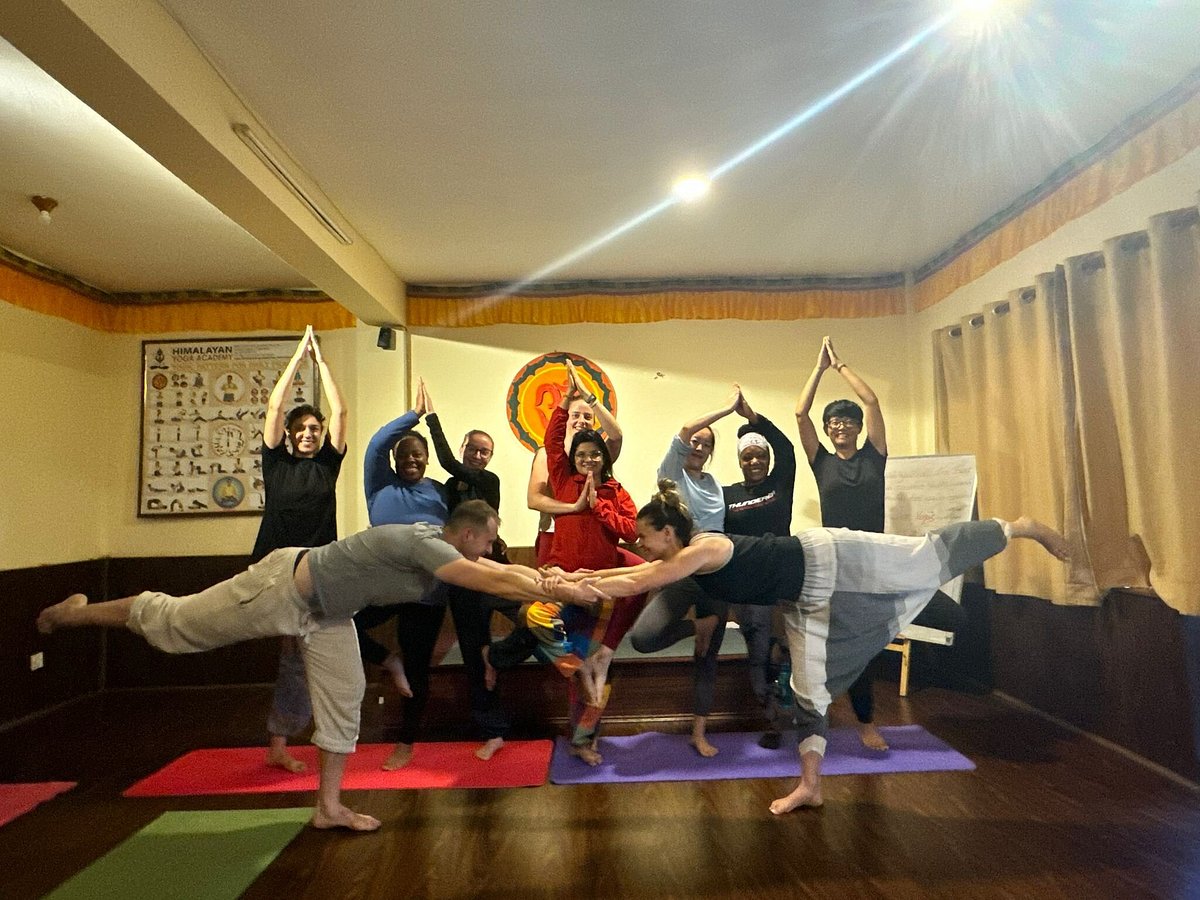
15 Jul 2019 HYN Himalayan Yoga Academy
While talking about Yoga for Mental and Emotional Management, it is better to know the growth factors with chemicals produced in the body. A few simple practices starting from an early age around the age of seven- eight will help to develop and balance the mental and emotional changes and vital energies. It preserves the pineal gland, thus delaying sexual maturation and presenting needless psycho-emotional distress. The child can be taught AUM chants, recitation of Gayatri Mantra and other mantras, Surya Namaskar, a dynamic exercise involving twelve different movements, and mostly asanas named from animals. This provides stretching, flexibility, and relaxation for the body which enhances the strength, stamina, endurance, and efficiency of an individual.
Nadi sodhana pranayama, Bharamari pranayama, and Udgit Pranayama energize the body tissues and refresh and purify the mind. Nadi Shodhana pranayama balances the 72,000 nadis and the whole nervous system and empowers the children how to induce calmness and creativity in themselves. It helps to refine the energy. He can practice shambhavi mudras (focusing the gaze on the eyebrow center). It is essential for maintaining the normal functions of brain centers, brain tissues, and pineal and pituitary glands.
More About Yoga for Mental and Emotional Management
In dealing with mentally and emotionally unstable children. We must remember that they are not necessarily receptive, cooperative, obedient, and patient. A person attempting to teach them yoga practices may easily become frustrated when confronted by a negative, resentful child in the beginning. The key point is to remain objective, the child may be defiant and show anger and feelings of enmity (hostility). He is likely to be using the instructor to express the anger he feels for someone else, perhaps his mother or father. In any case, yoga cannot be forced on anyone. So it is up to the adult to devise ways of introducing these techniques. So that they appeal to the imagination of the child. If the child can experience even a brief period of mental relaxation, he will gain some insight into his behavior.
For mentally and emotionally distressed children, who find inactivity almost unbearable, the combination of physical and progressive relaxation is most appropriate, looking at restlessness. So it will be good to introduce Yogic means in proper ways focusing on their needs and natures. After Surya Namaskar the child will willingly lie down in Shavasana for yoga Nidra which is the perfect practice for balancing and promoting mental and emotional changes. Following the progressive relaxation of the body parts, the instructor may run through a series of visualizations such as elephant, horse, house, and so on. The purpose of the exercise is to induce deep relaxation on physical and mental levels. So that negative impression locked in the unconscious mind will float to the surface and be dissipated, then a new formation of mind and consciousness will reset and direct the positivity and management system in their life.
The results of the yoga study and practice seem to indicate that those children who received the yoga training regular basis, not only performed in better ways had showed a remarkable change in good discipline and manner. So yoga education in experimental ways can change children’s lives and make them realize the real modes and patterns of life which can easily and effectively manage mental and emotional disturbances and fluctuations.
